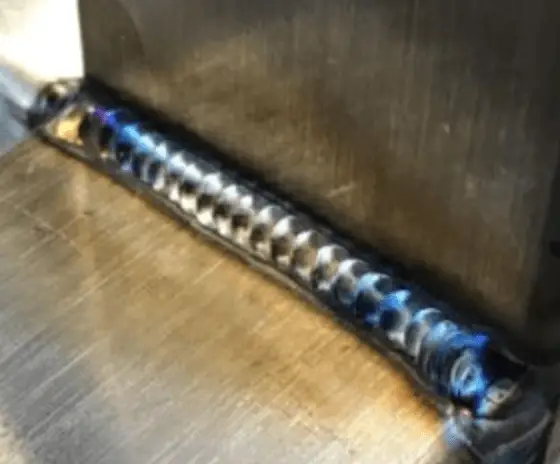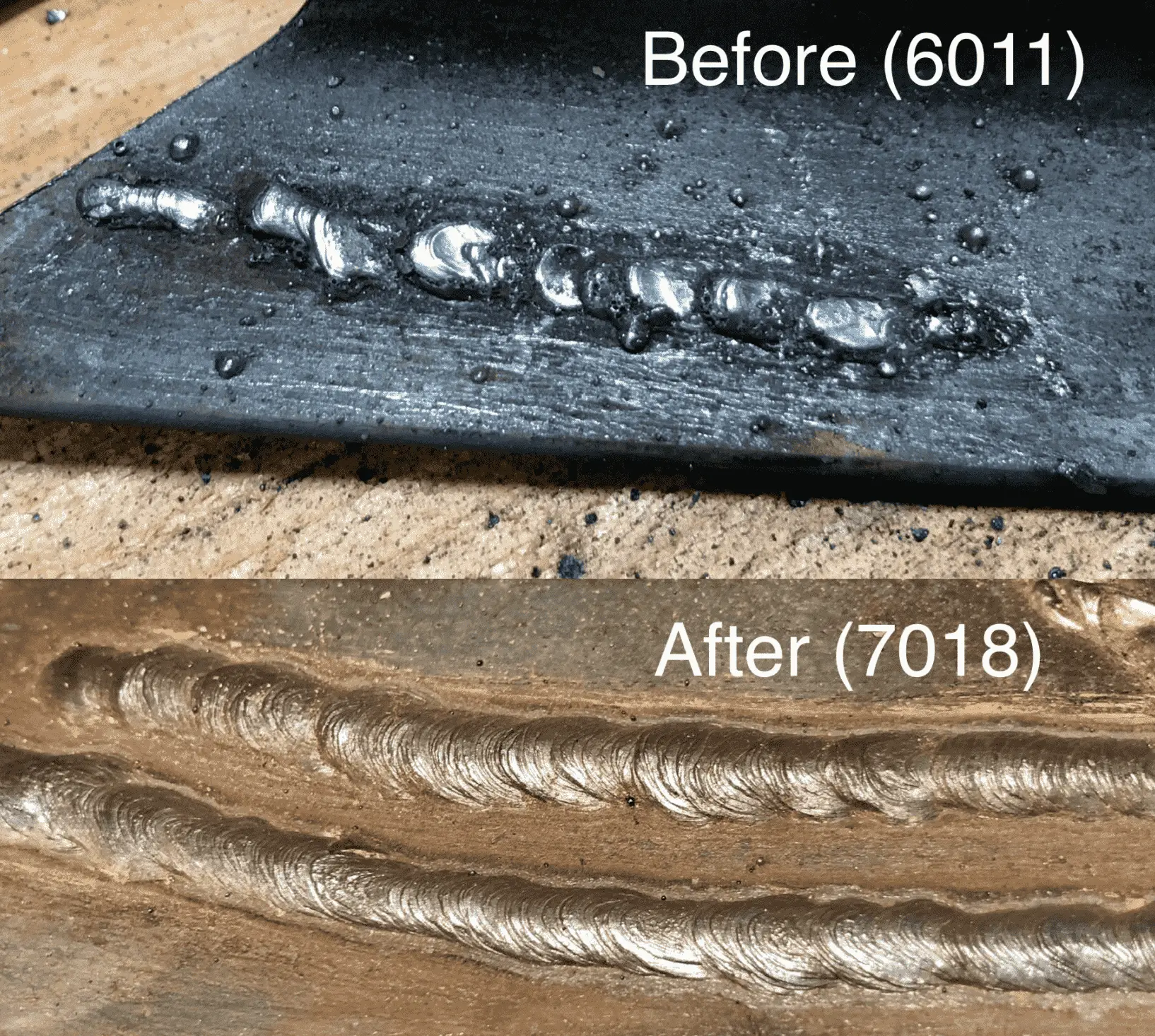Have you finally made the decision to proceed with your home DIY project? Or do you think you need a new welding stick for your workplace? If the answer is yes, then it is only proper to make sure you have all the details you need before purchasing one for your use.
With the number of brands and models available in the market, you may end up buying one that does not complete the job. Since these do not come at a humble price, it is necessary that you breeze through this checklist. This guarantees a better value and application for the price you are to pay for the best stick welder you can get for your budget.
A Useful Stick Welder Buying Guide
Whether you are aware of it or not, there are a lot of things to consider when purchasing a stick welder. Not only do these contribute to the quality of your work, these also have a lot to do with your expenses and overall safety. Use this guide accordingly.
Determine the Type You Need
To be able to say that your stick welding equipment is reliable and made for the job, you have to be specific with what you need. Since there are two types of stick welders, you have to distinguish whether you need an inverter or a transformer.
If you are doing jobs as a freelance welder or a hobbyist, then you should go with the inverter type. This is lighter than the other option as it only weighs 20 pounds. This allows better mobility and easier task shifting, however, the price point for this one is higher than other options.
As for those who are dealing with robust construction jobs, the transformer type is a better option. It is made to endure heavier duty applications and power requirements. Though this factor makes it larger in size and inclined to eat up more electricity, this is better in terms of price as it comes in a less expensive range than the other type.
Match It with Your Preferred Current
Those who want smoother arcs and are inclined to make vertical and overhead welds, the DC or direct current is the electrical current flow to choose. This utilizes a single direction and is capable of working on negative and positive polar which means you get more flexibility on the job.
If you are not specific with the type of arcs you want, then an AC or alternating current is enough for you. It gets the job done but does not create the smoothest arcs. It is capable of working in reverse directions in various intervals.
As for those who want to work with variety, then you should go with AC and DC currents. This allows you to work and create different types of arcs as necessary. However you have to make sure that your machine can provide the power needed for this voltage.
Know the Power Output
The recommended amperage for a welder would be 100 amps or higher. This is because the concept is as simple as a welding stick with higher amps is capable of getting the job done faster. With that being said, it is easy to understand that the lower your amps are, the slower your pace in getting the work completed. Like with all types of welding it is very important for stick welding as well.
Be Precise with Your Input Voltage
This has to do with the type of application you need. Most hobbyists can go for 115 voltages as they do not require huge loads of power to operate. Meanwhile those who need more usually go for 230 voltages as it requires higher power noting that this may need a well-founded power outlet. But this should not limit you from choosing both as it is also possible especially for dual-voltage welders.
Understand its Duty Cycle
Any type of machine has its limit, this is the amount of time it can function before needing a rest period or cool down. This is determined by the output power of your machine. Take into example a 10 minute session done with a machine of 50% duty cycle would mean that you can work for 5 minutes until the cool down phase. The law is that the higher your output power, the lower your duty cycle will be.
Safety First
Apart from understanding the basics of your machine, it is also important that you know the features that contribute to safety and control. A good example would be a duty cycle indicator which allows you to know whether a duty cycle is about to end. This lights up whenever you need to turn the machine off with the goal of preventing your machine from overheating.
Another safety feature to look out for would be a thermal overload protection. This is like a plan b and a cushion just in case the duty cycle indicator fails to work or if you fail to follow it. This works by turning the machine automatically every after a duty cycle. This is important as it makes sure your machine does not overheat even in instances where you forget to turn it off on your own.
Conclusion
When you walk into a hardware store or when you breeze through online shops, making a purchase for a stick welder can seem like a walk in the park. Much emphasis is given to the following points discussed above as these are factors that may make or break the quality of your welding experience. Not getting the right one for your project can leave you spending more time than necessary or poor weld quality than how you intend it to be.
So to make sure you do not compromise and sacrifice your money for poor quality and performance, keep those pointers in mind before scoring a stick welder. Do yourself a favor by making sure you get the appropriate machine for the right price and specifications for the job.
FAQs
1. How do I choose the right size welding rod?
Generally, the electrode size that should be employed is determined by the thickness of the component to be welded. The electrode is somewhat larger than the metal to be welded when welding thin metals. For instance, if a plate is 2.0 mm thick, a 2.5 mm thick electrode should be used.
2. What is stick welding best for?
Stick welding is successful on the majority of alloys and joints and may be used both indoors and outdoors, as well as in drafty regions. Additionally, it is the least expensive procedure and enables forming of a strong bond on rusted or unclean metals.
3. Is stick welding stronger than MIG?
Stick welding is somewhat more robust and superior due to its ability to complete large-scale welding operations. Additionally, stick welding has a greater penetration rate than MIG welding.
4. Is stick welding hard to learn?
The difficulty of learning to weld varies by individual, ranging from moderate to extremely severe. Welding is not straightforward, and instructional videos and books are insufficient to teach this technique, which requires hands-on practice. Stick welding is a talent that requires extensive training to master.
5. Which is better stick or wire welder?
MIG welding is significantly more tolerant of extremely thin metal than stick welding, which can readily burn through it. Wire welding, which comprises inert metal gas (MIG) and flux-cored arc welding (FCAW), has increased the speed, ease, and versatility of welding.



